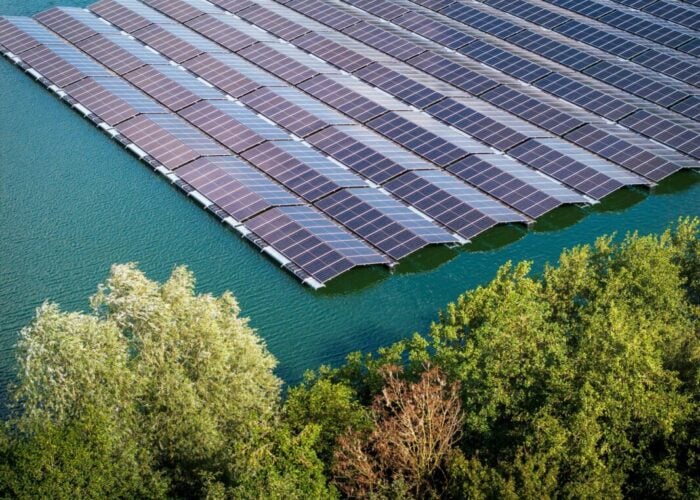Product Briefing Outline: Reis Robotics has now implemented a newly developed laser soldering procedure for practical use with several customers. Photovoltaics manufacturers are increasingly anxious to fully exploit the automation potential of their production capacity in order to deal with the increasing demands for lower prices. Reis Robotics as system supplier with its subsidiary Reis Lasertec as laser welding specialist have combined skill sets to deliver a laser soldering method for higher quality, shortened cycle times and reductions in manual rework.
Problem: Increasing the efficiency of solar cells and solar modules, while increasing production throughput and yield, while reducing costs is requiring greater dependence on fully automated and integrated solar cell soldering techniques. The use of laser-beam soldering and selected solders, the joining temperature can be reduced to a minimum, the solar cells are not subjected to mechanical strain, compared with conventionally used bowtype electrodes.
Try Premium for just $1
- Full premium access for the first month at only $1
- Converts to an annual rate after 30 days unless cancelled
- Cancel anytime during the trial period
Premium Benefits
- Expert industry analysis and interviews
- Digital access to PV Tech Power journal
- Exclusive event discounts
Or get the full Premium subscription right away
Or continue reading this article for free
Solution: A newly developed laser soldering method ensures further increases in quality, shortened cycle times and reductions in manual rework. An integral process controller monitors and documents the production process. In doing this, it is possible to concentrate the heat input such that soldering can be done directly on the EVA foil. With direct soldering on the foil, unnecessary multiple handling of the strings during the pre-process is avoided. The integrated process control offers further advantages – it monitors the soldering of each joint individually and the data from this can be transferred and saved in a database for later documentation and quality control. Furthermore, faulty solder joints are reported directly via a monitor at a subsequent work station so that a worker recognizes these immediately and can manually resolder. With this procedure cycle times of less than 40 seconds per module are obtained for a module with 60 cells and 36 soldering spots. This laser soldering system offers certain advantages compared to other procedures: low mechanical strain of the soldering joint, precise regulation of the soldering temperature, low operating cost, process stability in the position tolerances of the components, simple integration into automated systems and low maintenance costs are claimed.
Applications: Fully automated solar cell soldering.
Platform: In this station, two Reis robots perform the soldering. In a separate station, two further robots automatically lay out the interconnection terminal lugs. The lugs are fed directly from a reel, using a specially developed system and presented in the correct position for the robot to pick up.
Availability: Now currently available






